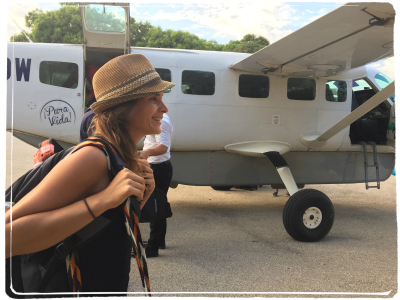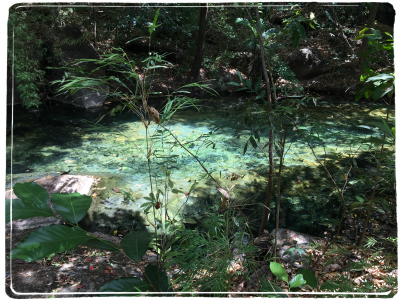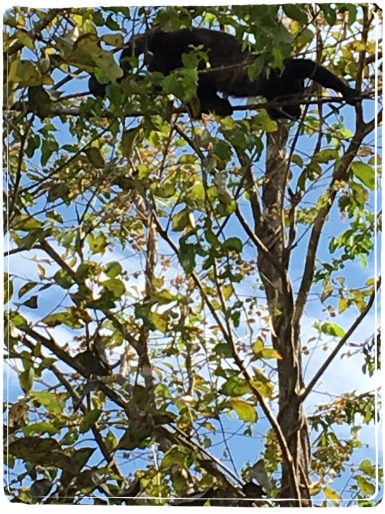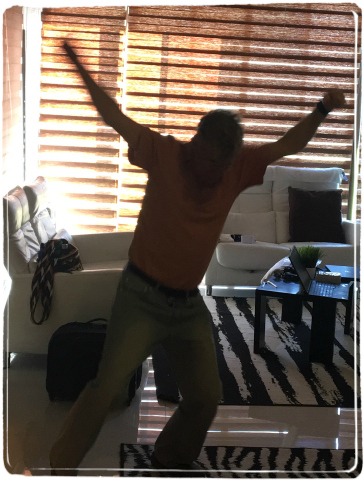Seven Facilitator Tips to Make Your Training MUCH More Engaging

You have your training plan ready and you realize you want it to be more engaging. Typical training is about passing on learning and content, in small or large blocks. It provides theory, information, and ideally activities to help retain the information. But the emphasis is on a hierarchical model where the trainer is the teacher and the learner is the student.
Training has recently been looking to facilitation techniques to ensure a more collaborative or two way approach and to heighten engagement. So how do you pass on knowledge, yet really honour the wisdom that is already in the room?
In this blog, we share some of our tried and true principles. Thanks to John Lester of Alberta, Canada for his insightful feedback on an earlier draft of this blog.
I’ve been training for 25 years. Throughout these decades, I’ve taken multiple “train the trainer” courses, especially those focused on the neuroscience of learning to ensure my training is engaging and respectful. In this blog, I have just touched the “tip of the iceberg”. I am hoping you will share with me and other readers: What have you learned or observed about engaging training methods?
Before we begin, there is just ONE thing I want you to remember!

The participants have 80-90% of the wisdom. If you engage their wisdom and experience, they will leave feeling smart, in charge, and knowing what to do with the information shared during the training.
Now here are 7 short tips or principles and 6 detailed examples of how to apply them. I have used photos of my current time in Mexico and Costa Rica (Central America) as a metaphor for each principle. The people in the photos are my daughter and brother. By the way, the use of metaphors is a great enhanced memory retention technique!
7 tips to bring facilitation techniques to your next training – and maximize participant engagement!
1. Keep your presentation content to a maximum of 20-25% of the total agenda time. The optimal range depends on the audience, culture, and client request, but it could be as low as 15% or as high as 40%.

2. Ideally start each new piece of content by asking people two things: a) “What do you already know about the topic? And b) “What more would they like to know about the topic?”

3. After every content presentation piece, create an activity or design a series of questions that help the group integrate the information. Allow at least 30-50% of the time to do this. E.g., If your presentation is 30 minutes long, allow learners to process and integrate it for at least 10-15 minutes.

4. Devote a chunk of your agenda to practice key techniques/procedures that you are showing them. In our ToP Foundational Facilitation skills course for example, we dedicate about 35% of the course time just to practice. People love this course!

5. Demonstrate the exact procedure or method that you are wanting them to learn so they know what it feels like to experience the procedure or process. You might set aside 25% of your total training time to this.

6. Add kinesthetic activities – e.g., stretch breaks, “show me your best dance moves”, walk about stations, games, energizers etc. Try to have at least two short ones during each day of training (Less than 5% of your total time).

7. If you’re doing virtual training, consider using polls (True or False, multiple choice or multiple answers), multiple questions they can respond to in chat pods, small group work (in virtual breakout rooms), and quizzes. You can also do this in F2F (Face to Face) training. If a quiz, you can get the participants to correct each others’ answers before you share the “correct” or most likely answers.

Cool specifics to apply some of these principles/tips:
- At the beginning of the agenda, set up mini flipchart stations explaining the major topics of your agenda. Have participants visit each station to indicate their level of enthusiasm and interest in each of the topics. They can do this by having them check a rating scale or putting a sticky dot on each agenda piece that is most interesting to them. This gives you, the trainer an idea of where to focus most of your time without changing your agenda that much.
- Have small groups each take a piece of the theory and make a mini dramatic presentation to show what they learned about the topic. Give them 10 minutes to prepare and 5 minutes to demonstrate/talk about it. Give them lots of props such as flipchart, markers, toys, stickers, playdough, pipe cleaners, etc. to demonstrate their understanding of the topic. Encourage lively, dramatic and fun presentations.
- Ask them after any demonstration or “how to” presentation of a technique/procedure/case study: “What did you notice as the steps in this procedure? Which steps seem easy? Which are harder? What would you like to know more about? What will be the impact of using this procedure/ program, etc.? What difference will it make? What catchy motivational phrase would you use to describe this new procedure, policy or technique?”
- Alternately, after a piece of content has been shared (e.g, PPT, lecture, demonstration), have participants turn to a partner and brainstorm questions they have about the material. Have them submit 2-3 written questions they have in common. Consider having participants answer other people’s questions. Then you can add anything that is critical that was not offered by the students.
- As a summarizing activity of any critical information, give them each a template that is a 4 part box (8.5 x 11″ or A4 paper). Have them draw one image for each of the e.g., 4 main content pieces presented. Have them add a comment or succinct phrase that describes the content. Invite them to share with two others. Share a few samples as a large group.
- Make them the concept experts. This jigsaw activity is from the book Training From The Back of The Room (see resources below). Give the same set of concept cards to each table. Each card has a different concept from the material presented. Each table group member chooses one card and then finds those from other table groups who have chosen the same concept card. They brainstorm important facts or details about the concept. You can walk about to monitor that they have included all the key details that you want them to consider. After 10-15 minutes, participants return to their original table groups and take turns reading the concepts and facts that they summarized on their concept card. Others take notes. Finish with a whole group discussion about major points.
Conclusion
Now, take a look at your agenda plan that you have ready for your next training. Ask yourself which of these ideas you can use for your training plan. And yes, it means you may get through less content but you will increase the participants ability to apply the content which is the whole point of the training.
Bonus: Although you may initially find it “scary” to give away control or you might feel you are providing less value, those of us who do this can assure you differently.
– You are providing more value!
– It will be much more interesting and meaningful for participants!
– You will likely get repeated requests to come back for more!
– It will be a much more creative process to design.
– You will keep growing as a thoughtful, wise, generous, fun and humble teacher.
Please share your thoughts in this topic!
Resources
Blog: 5 Big Differences Between Training and Facilitation





I totally, totally agree with this. I have been teaching and training others in many capacities for over 25 years and engaging participants through activities, and exercises support long term application. I’ve lead large teams in corporate America to outstanding performance and impacts, I facilitate workshops and trainings for entrepreneurs, taught at the graduate level and currently head up Strategic Exceptions Leadership Consulting firm. People learn best by doing and the more you engage them the better they feel about the content and they will provide positive feedback on your work and will refer you.
Thanks a lot, Terrie. Glad our experiences match.
[…] 自分の勉強も兼ねて翻訳しているものの、私はプロの翻訳家ではありませんので、正しいニュアンスを知りたい方、英語ができる方はぜひ、こちらの記事より原文をお読みください。 ( 読みやすくするために意訳するなどの工夫はあまりしていません。) […]
Thanks for making this article available to your readers as well, Yuko. I loved the photos you used.
This is amazing article and more in depth, detailed learning on facilitation Skills. Thank you so much for providing essential insights.
Greetings back from Portland, Oregon to you in Australia! What’s your name? Thank you very much for your enthusiastic response. I’m deeply honoured that you found it helpful. If your time permits, let me know what specific points resonated most with you. I’ll probably keep writing about this topic.